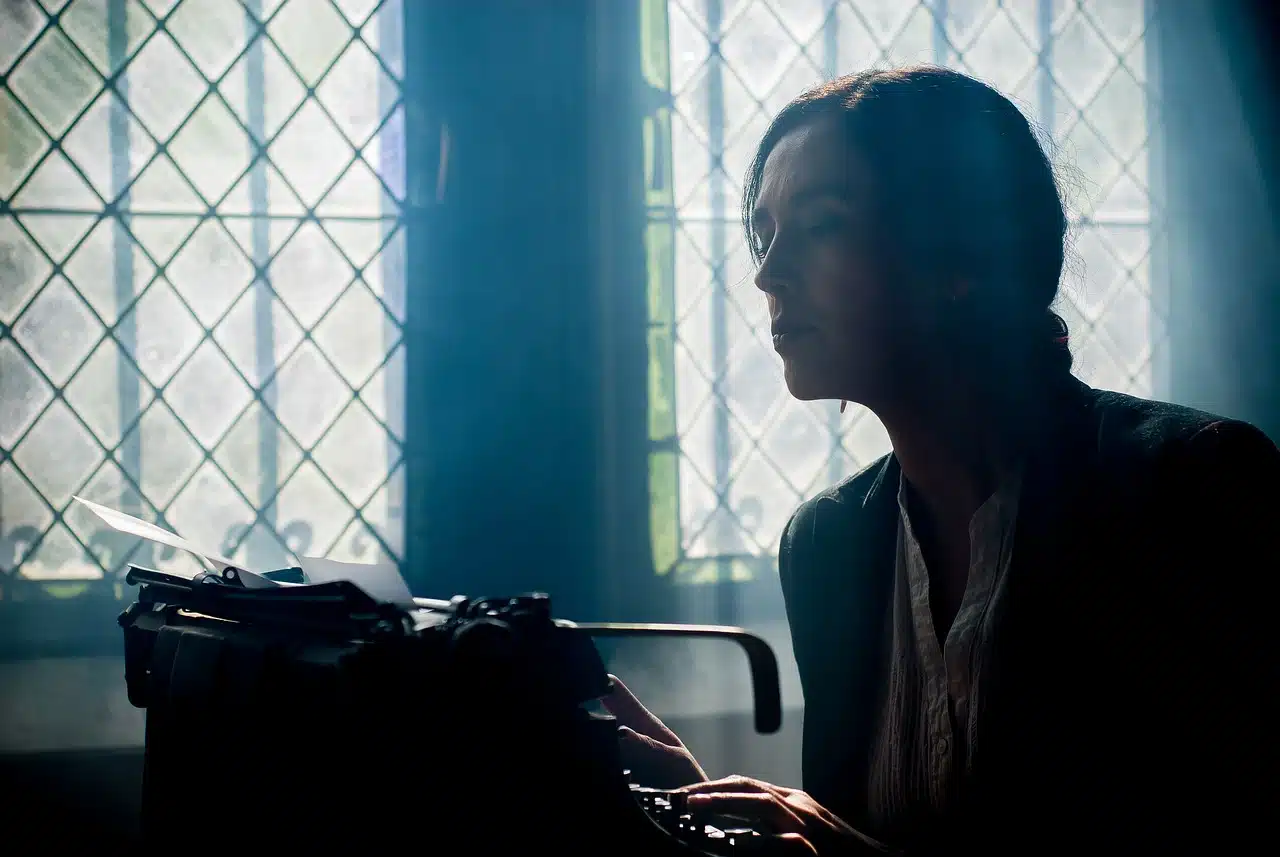
The authorship of a work belongs to the person who created it.
The property or condition of author is called authorship . An author, meanwhile, is the creator or architect of something .
Idea and development
The authorship of a work , in this way, corresponds to the one who devised and developed it . Take the case of the book "One Hundred Years of Solitude" : it is a novel authored by the Colombian Gabriel García Márquez . This means that García Márquez wrote "One Hundred Years of Solitude."
The concept of authorship can appear in any branch of art . The authorship of the painting "Las Meninas" , for example, is by the Spanish Diego Velázquez , while the authorship of the sculpture "The Thinker" is by the Frenchman Auguste Rodin .
In the field of music , there is also talk of authorship, although the notion can be a little more complex or confusing. The lyrics of a song may have been written by one person and the music composed by another, and even the performance of the work may have been performed by a third party.
Take the case of "Come Together" . The authorship is registered in the name of Paul McCartney and John Lennon , while the first recording of the song was made by The Beatles (the band that included McCartney and Lennon along with George Harrison and Ringo Starr ). Years later, "Come Together" was performed by Aerosmith , Soundgarden and Def Leppard , among other groups, who somehow made it their own by creating their version.
Copyright
Authorship is protected by copyright , a set of legal rights granted to creators of original works, such as writings, music, art, films, and software. These allow them to control how their work is used, reproduced and distributed.
In many countries, a work is automatically considered copyrighted the moment it is created and fixed in a tangible medium . No registration or special formality is required for these to be applied. Copyright grants the owner exclusivity in matters of reproduction, distribution, public performance, adaptation and other forms of use of the work.
The duration of copyright varies depending on the country and the type of work. In general, rights remain in force throughout the life of the author plus a certain number of years after his or her death. Then the work usually enters the public domain , it becomes free to use. Many legal systems provide exceptions to the use of copyrighted materials in certain circumstances, such as educational, critical, or commentary purposes. This is known as fair use or reasonable use , and laws vary as to what is allowed.
Although not required in all countries, registering a work can provide strong evidence of authorship in case of legal disputes. Copyright holders can license others to use their work under certain conditions. These can be very restrictive or quite open, depending on each person's preferences. In the digital age, copyright also applies to online works, such as blogs, online images, and videos.

Responsibility for a crime is attributed through the concept of authorship and participation .
Authorship and participation
Authorship and participation is a legal concept that refers to the attribution of responsibility for a crime or an illegal act to the people involved in its commission. It is usually used in the field of criminal law, although also in civil law.
In the criminal context, authorship refers to the person or persons who have directly committed the criminal act. On the other hand, participation refers to those who, in some way, have contributed to the commission of the crime without being the direct perpetrators.
